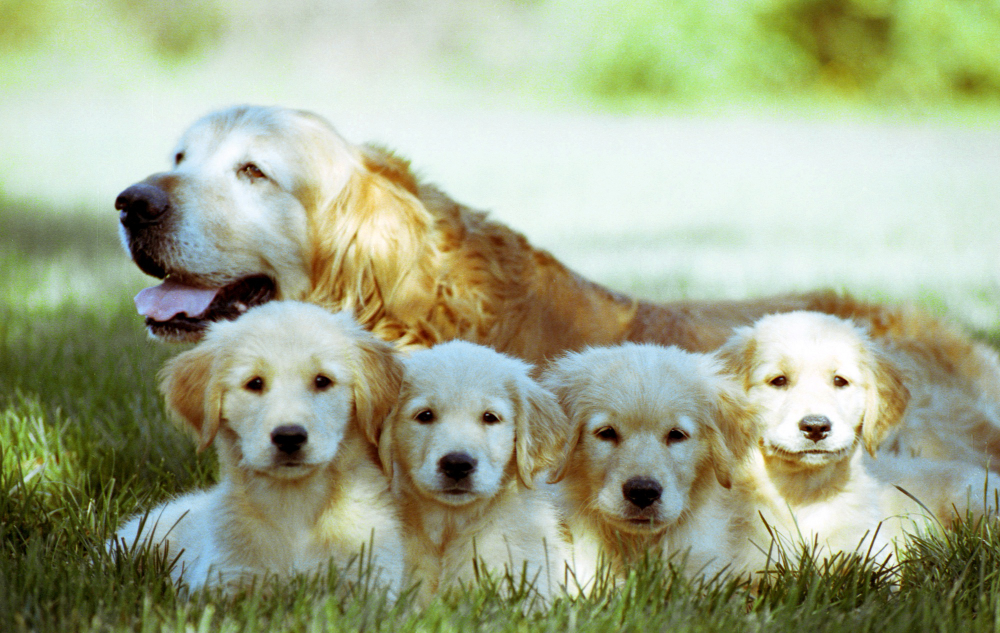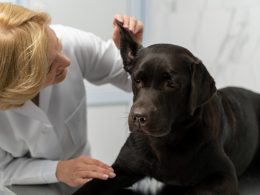In the realm of canine companionship, the term “pedigree” often surfaces, especially when discussing purebred dogs. Yet, the concept remains shrouded in mystery for many potential dog owners. This comprehensive guide aims to demystify the subject, providing an in-depth look into the history, functionality, and significance of dog pedigrees.
The Genesis of Pedigree: A Historical Perspective
The concept of a pedigree is not a modern invention but has its roots deeply embedded in the 19th century. Initially, the practice was rudimentary, with breeders manually recording the lineage and hereditary traits of domestic animals, primarily dogs and cats. These records served as the foundation for assessing an animal’s suitability for breeding.
As technology advanced, so did the methods for maintaining pedigrees. Breeders’ associations transitioned from manual records to sophisticated electronic databases, ensuring more accurate and up-to-date lineage information. Today, various breed associations and clubs globally oversee the creation and maintenance of pedigrees for dogs and cats.
Decoding the Term: What Exactly is a Pedigree?
A pedigree is more than just a family tree; it’s a meticulously compiled genealogical record that serves as an archive of an animal’s ancestry. In the context of dogs, a pedigree is essentially a detailed roadmap that traces the lineage of a particular canine back through multiple generations. This record is a treasure trove of information, capturing an array of hereditary traits, both physical and behavioral. For instance, it can indicate predispositions to specific coat colors, sizes, and even temperaments.
In human terms, a pedigree or family tree can represent a person’s lineage, but it can also encompass academic and professional achievements. However, when it comes to animals, the focus is squarely on genetic lineage. This genealogical chart is instrumental in assessing an animal’s suitability for breeding, as it provides a snapshot of inherited characteristics that can be passed down through generations. The pedigree thus serves as both a historical document and a predictive tool for future traits.
The Multifaceted Utility of Pedigrees
Pedigrees serve multiple functions, but their primary role is to document an animal’s lineage and evaluate its hereditary traits. These traits, both physical and behavioral, are passed down through generations via genes. For example, in dogs, these could include factors like coat texture, facial structure, and even predispositions to certain behaviors.
Pedigrees are indispensable tools for breeders aiming to maintain the purity of a breed’s lineage. They adhere to stringent rules, such as avoiding consanguineous crosses—breeding between close relatives—to maintain credibility. Moreover, pedigrees are vital for those planning to breed their pets in the future, as they are required for registering the offspring.
In addition to breeding, pedigrees are also utilized in animal shows to evaluate an animal’s conformity to established breed standards. For prospective pet owners, a pedigree serves as a certificate of authenticity, helping to avoid scams and ensuring the animal is a genuine breed.
Are Pedigree Dogs Superior? Debunking the Myth
The notion that pedigree dogs are inherently superior to non-pedigree or “mixed-breed” dogs is a widespread but flawed belief. While a pedigree does offer a detailed genealogical record that can be used to assess hereditary traits, it is not an all-encompassing measure of an animal’s worth or capabilities. Factors such as upbringing, socialization, diet, and environmental conditions also play pivotal roles in shaping an animal’s behavior and overall health.
Moreover, a pedigree doesn’t guarantee freedom from health issues. In fact, some purebred dogs are more susceptible to certain genetic disorders due to limited gene pools. Therefore, it’s crucial to understand that a pedigree is just one piece of the puzzle. It provides valuable insights into an animal’s genetic history, but it doesn’t offer a complete picture of the individual’s potential qualities or shortcomings. The essence of an animal lies in its unique personality and individual experiences, which a pedigree alone cannot capture.
Key Elements in a Pedigree Document
A pedigree document is a comprehensive archive that encapsulates a wealth of information, meticulously detailing an animal’s lineage up to the third generation. This includes not just the names but also specific traits of parents, grandparents, and great-grandparents. Each entry often comes with a set of identifiers such as breed, sex, weight, size, and coat type, offering a multi-dimensional view of the animal’s genetic makeup.
Additionally, the document may feature variations within the breed, such as coat color patterns or unique markings, providing further insights into the animal’s hereditary traits. The pedigree also lists the current owner’s name and the breeder’s name, serving as a certificate of authenticity. Contrary to some beliefs, this document is generally not required for travel but is indispensable for breed verification and participation in official animal shows. In essence, a pedigree document serves as both a historical record and a tool for future breeding plans.
How to Acquire a Pedigree Document
Obtaining a pedigree document is often a straightforward process, but it’s crucial to know where and how to get it. Typically, the kennel or cattery where you purchase your pet will provide this document. Many establishments preemptively file for the pedigree even before the animal’s birth, ensuring that the pet comes with this vital record as a standard feature.
However, if the pedigree is not readily available, don’t fret. You can request one post-purchase through official cynological organizations specific to your country. These organizations usually have stringent criteria and may require evidence like lineage history, which the kennel should be able to provide. Some organizations also offer online portals where you can apply for a pedigree, making the process more convenient.
It’s essential to inquire about the pedigree before finalizing your purchase to ensure the animal’s lineage meets your expectations and to avoid potential scams or misrepresentations.
Conclusion: Making an Informed Decision
Understanding the importance of a pedigree can significantly influence your decision when acquiring a purebred dog. However, it’s essential to consider other factors like the animal’s well-being and the care it will receive. Conduct thorough research and weigh all variables before making your final choice.
By arming yourself with this comprehensive knowledge, you’re not only making an informed decision but also ensuring a happy and healthy life for your future furry friend.














